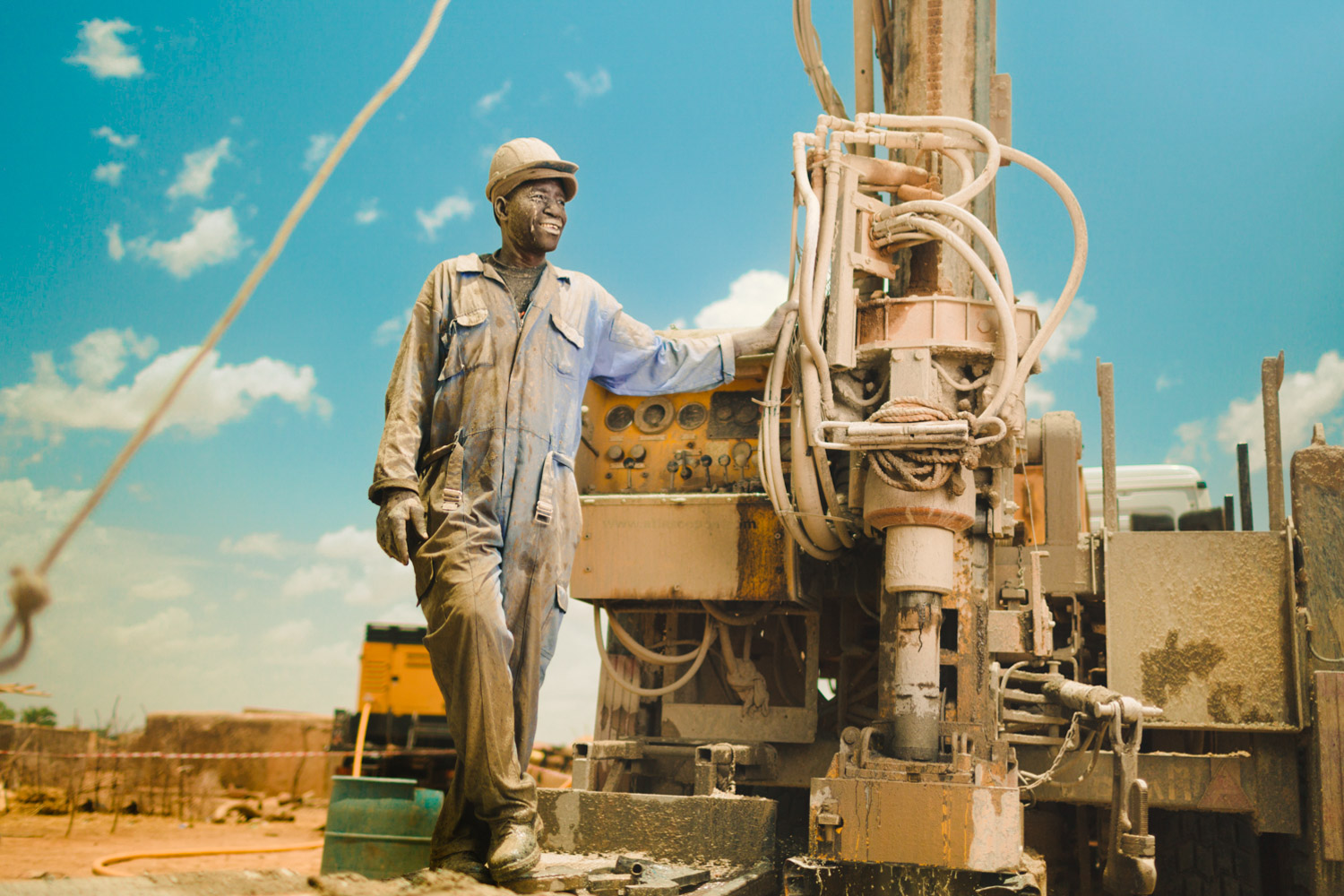Before you continue scrolling, take two minutes to watch this exciting update from Scott Miller, charity: water’s Head of Monitoring & Evaluation, as he explains why this development is a big step in the right direction.
Did you know that right now – in 2023, a time with cryptocurrency and space travel and self-driving cars – nearly 1 in 10 people still lack access to clean water? That’s the entire population of the United States… doubled.

The majority live in isolated rural areas and spend hours every day walking to collect water for their family. Not only does walking for water keep children out of school or take up time that parents could use to earn money, the water often carries diseases that can make everyone sick.
But with access to clean water, everything changes. It means education, income, dignity, and health – especially for women and kids.



In early 2022, when we last reported on the number of people in the world living without access to clean water, the total had decreased from 1.1 billion people in 2006 (when charity: water was founded) to 771 million people.
Recently, the World Health Organization and United Nations Children’s Fund (WHO/UNICEF) Joint Monitoring Programme for Water Supply, Sanitation and Hygiene (JMP) released updated numbers, and there’s good news. The number of people living without access to clean water has decreased from 771 million to 703 million1. That’s 68 million people who now have clean and safe water since the last report!



The water sector uses a special ladder, developed by WHO/UNICEF, to benchmark and compare different levels of access to clean water. Here’s a quick overview:
Safely Managed
The very top of the ladder is safely managed access, which means you have access to an improved water source that is free from contamination, located directly on the premises, and available whenever you need it2.
Basic
If you have to travel to collect water but your roundtrip to an improved source takes 30 minutes or less, you have basic service.
Limited
You have limited service, the middle rung, if you have access to an improved water source like a piped system or protected well but it takes more than 30 minutes to make the trip there and back.
Unimproved
If your drinking water comes from an unimproved source like an open, unprotected well — something one step up from surface water but still lacking protection from contamination — you are on the next rung of the ladder.
Surface Water
At the bottom of the ladder, your drinking water comes directly from a surface water source like a river or pond. It often means that you are sharing water with animals that also drink directly from that source.



When we talk about having “access” to clean water, we’re talking about the top two rungs on the ladder: you’re able to get clean, safe water within 30 minutes or less. Which means the 703 million people who still lack access to clean water are on the bottom three rungs. This includes 292 million with limited services, 296 million using unimproved sources, and 115 million drinking surface water. Of the 703 million, 8 in 10 live in rural areas, and half live in sub-Saharan Africa – regions where charity: water focuses our efforts.



The world has come together to bring clean water to those who need it most, and the numbers prove it’s working.
This is incredibly encouraging and inspiring news.
The water crisis is still massive, but we believe it’s possible to eliminate it completely. Not in 1,000 years or even 100. We believe we can do it in our lifetime.
Since charity: water was founded in 2006, we’ve funded clean and safe water for 17 million people, with two million served in 2022 alone. We have more momentum now than ever before, thanks to tens of thousands of generous donors, an ever-growing group of monthly givers, and an incredible network of local partners who help us implement water projects in 22 countries around the world.
We believe in a world where every person drinks clean and safe water, and we’re more determined than ever to get there.






This is how we end the water crisis
People like you, from more than 100 countries around the world, are proving just how unstoppable we are when we work together. Join The Spring to give clean water every month and become part of a community filled with world-changers like you.
Join The Spring- 1 The World Health Organization and United Nations Children’s Fund (WHO/UNICEF) Joint Monitoring Programme for Water Supply, Sanitation and Hygiene (JMP) has reported country, regional and global estimates of progress on drinking water, sanitation and hygiene (WASH) since 1990. Learn more here.
- 2 These three factors — free from contamination, located directly on the premises, available when needed — determine whether an improved source can be considered safely managed. If one factor is not met but a roundtrip to collect water from an improved source still takes 30 minutes or less, it is considered basic access. Learn more here.
Photos by Cubby Graham, Jeremy Snell, and Tyler Riewer
